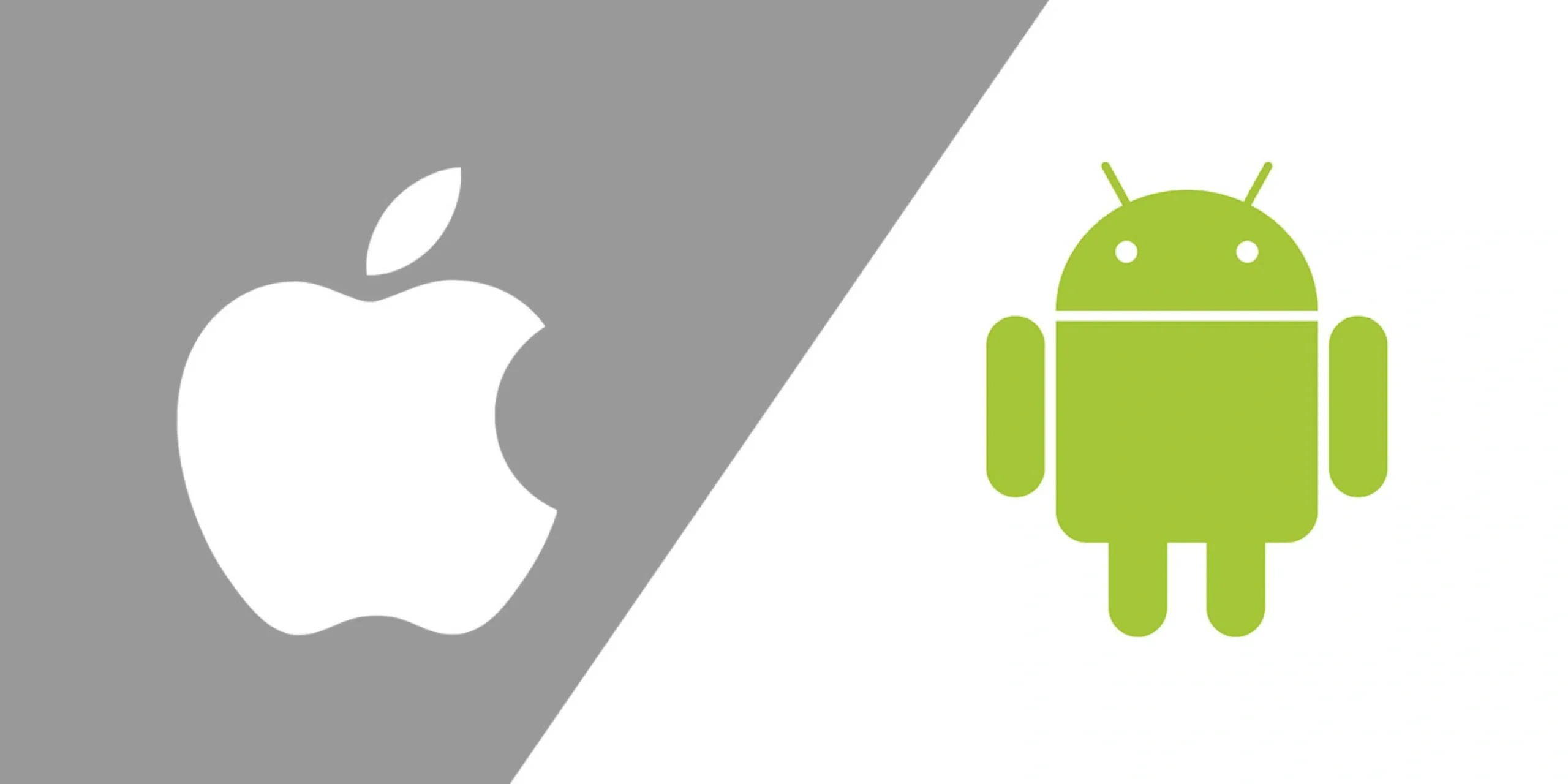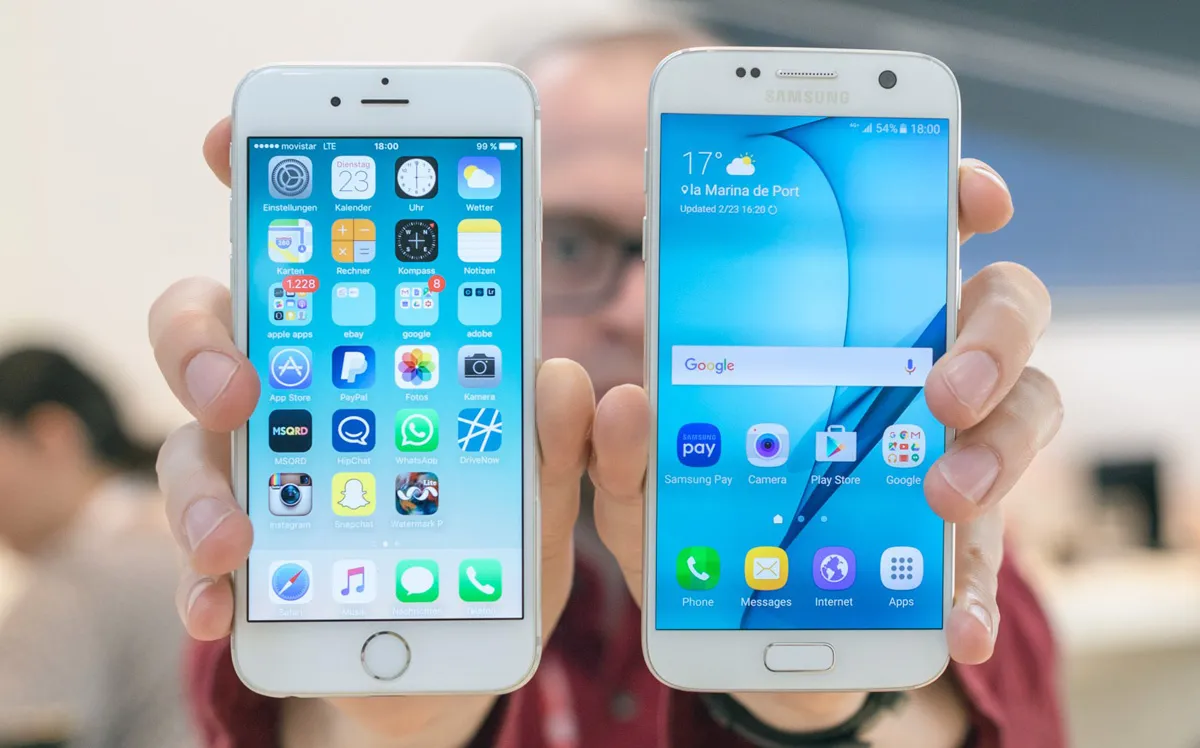How To Convert Android App To IOS App


The development of mobile apps is highly reliant on one’s target audience. If you have an iOS or Android app, then you can only target a single platform and audience segment. To ensure that your product reaches more people, it is a good idea to develop mobile apps for both iOS and Android platforms. This article shares a few tips on how to convert or “port” an Android mobile application into an iOS mobile application.
In general, the conversion process usually includes several basic steps:
1. Designation of the app’s functionality and features.2. Review of the design with the new OS necessary changes implementation.3. Coding stage, creating new architectural components.4. Testing stage and release of the application to the store.The conversion of mobile apps is often referred to as app porting. It is a procedure that can convert the app code so it runs on different architectures and platforms. While porting an app, there are a number of factors to consider.
Requirements and Functionality
To begin with, the development team must have the original app’s list of requirements, design, functional specification, and source code. These materials should undergo a comprehensive review in order to ensure the new iOS application can follow the same business logic and functionality.
Design
Make sure that you do not try to create a 100% replica of your user interface, or else you can mess up the user experience. Both iOS and Android have vastly different design patterns. While converting an Android application into the iOS application, the use of flat design patterns is needed. When changing the design, you will notice different changes in the interface of both platforms. For example, there is no back button in iOS, while Android devices are known to work with one. Similarly, their floating button, navigation bars, alert notifications, tab bars, icons, buttons, activity boards, search, and user interface controls are completely different from one another.

Architecture
Oftentimes, a mobile app uses third-party integrations and libraries. Hence, it is important to make sure that your system is compatible with these external solutions. If they are not supported in iOS, then you have to look for alternatives.
Testing
After you have completed the app porting, you must use software testing. Have your QA personnel test your new app and see how it is responding in terms of user experience, features, and functionality to make sure that your app retains its quality. While testing, your team can performance validation testing, usability testing, control testing, functional testing, load testing, and security and access testing.
Tools for Conversion
In order to convert an Android app to an iOS app, we have considered the following 2 tools as the best options.

MechDome
MechDome is a reliable option for those who do not have the option of hiring iOS developers to convert an Android app to an iOS app. So what can you avail with MechDome?
- You can work around all the typical software and hardware features in iOS. For instance, GPS, Touch IDs, and camera sensors. Similarly, Safari browser and AirDrop support are available as well. Therefore, there is no requirement to create new source code for these components.
- All the 3rd party Android and Java libraries are available in MechDome. The support is extended to not only Java but also JVM; this means that you can use Kotlin as well.
- The MechDome compiler fetches the Android version application from the Google Play Store which is then converted in an executable file. An iOS bundle is generated having all the metadata and resources of the app.
- The tool supports binary-to-binary conversion.
- The tool does not use virtualization for its operation.
- The Android AOSP API level 22 is not supported in MechDome.
- For the user interface, it is recommended to use Android Studio. Conversely, it is also possible to use Core Animation and Quartz Composer as they offer improved UX due to higher frame rates.
- The iOS sandbox is used by the final app output. Therefore, it is free from any security vulnerabilities.
How to Use It?
- Compile your Android application and load it into the MechDome.
- Decide if you will use a real device or a simulator with your generated iOS app.
- Now, the conversion procedure starts.
- During the conversion, MechDome ensures to perform optimization according to the chosen device.
- The conversion is completed. It is now possible to download this app and publish it as an iOS app.
J2ObjC
The J2ObjC is Google’s open-source tool through which you can convert any Java-based code into iOS’ language, Objective-C. Unlike MechDome, while using J2ObjC, you will require the expertise of experienced iOS developers. This is because the procedure used with J2ObjC is a lot more complex, thereby a greater degree of programming knowledge is an absolutely essential need.
Google has ensured that all the runtime and language features of Java are there in J2ObjC. These involve generic types, exceptions, JUnit test translation, and different classes. There is no binary-to-binary conversion in J2ObjC. Therefore, it is important to access the Java app source code for conversion.
Prerequisites
In order to use the J2ObjC tool, you need the following.
- Xcode 7 or higher.
- Mac OS X 10.11 or higher.
- JDK 1.8 or higher.
- Mac device
Guides
Google has released a number of guides to work with J2ObjC. These are the following.
- If you work with Xcode, click on this link.
- If you want to translate JUnit tests, click on this link.
- If you want to work with Maven plugin, click on this link.
- If you want to use Gradle plugin, click on this link.
- If you want to work with Eclipse, click on this link.
- If you work with Make, click on this link.
- For the required link settings, click on this link.
According to your requirements, select any of the above tools and convert your Android app into an iOS app. If you have any suggestions, then you can contact us.
Build your ideal
software today

